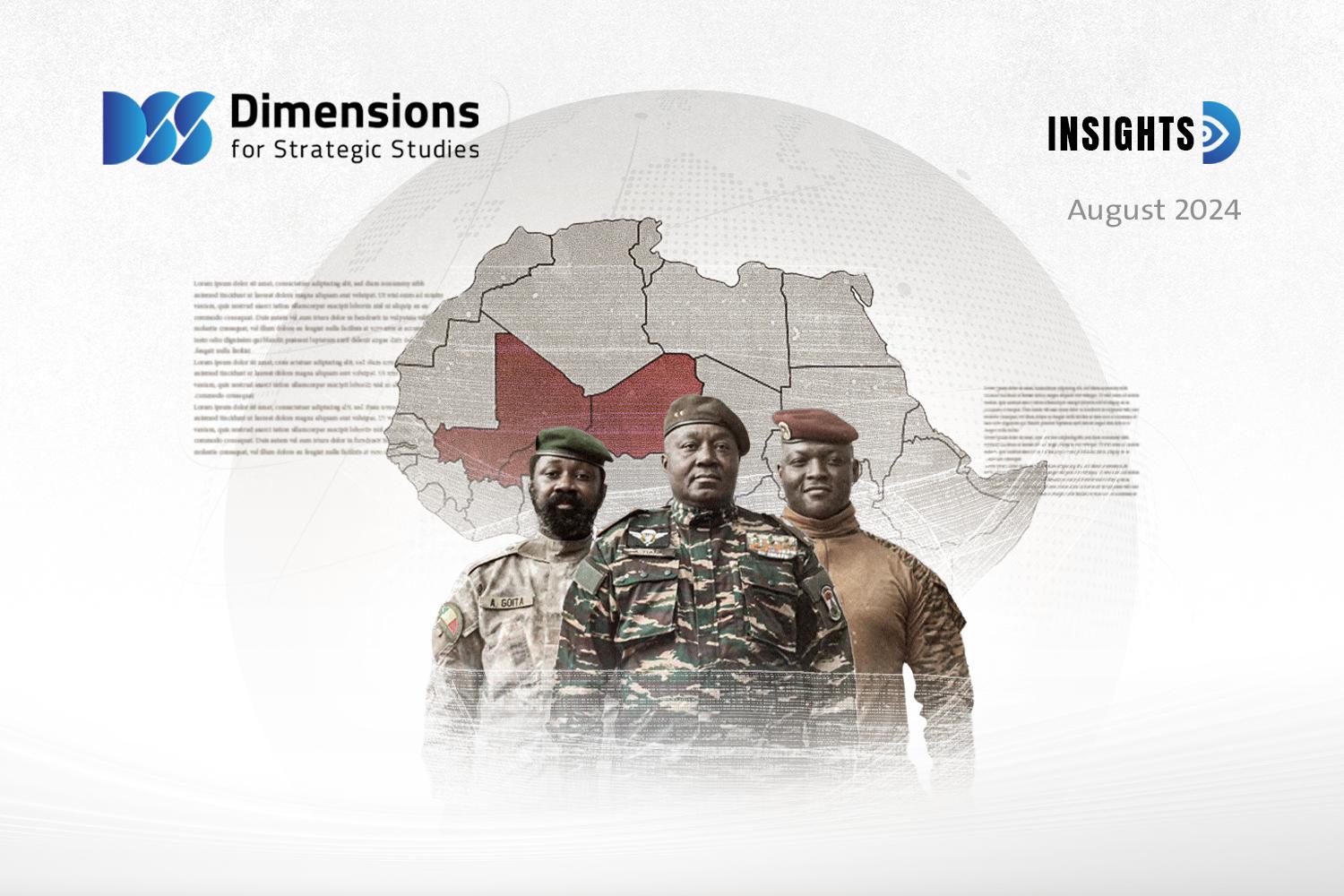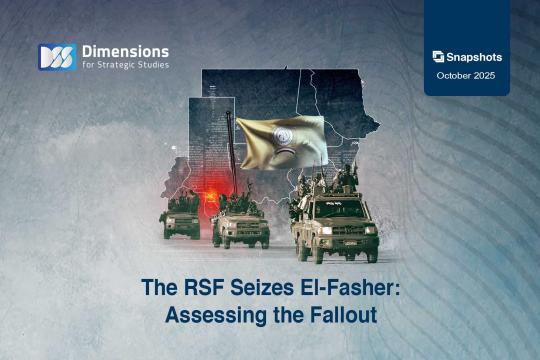
The Alliance of Sahel States and its Discontents
2024-08-135116 view
Last month, the heads of the ruling military councils in Mali, Niger and Burkina Faso established the Alliance of Sahel States. Their announcement from Bamako on July 6 was the culmination of a wave of rebellion against the French-dominated regional framework and the traditional system of relations between these states, which face pressing common challenges.
Indeed, the announcement was the natural outcome of a process that had been underway for years, even if it had rapidly accelerated over the preceding months.
All three countries are ruled by juntas that came to power through coups d’état and have since imposed their authority by force. All three ruling bodies have refused to set deadlines for return to civilian administration, despite a blockade and other pressure from the Economic Community of West African States (ECOWAS) and the African Union.
All three countries have experienced years of armed conflicts between state forces and armed actors, ranging from groups with local grievances to jihadists allied with Al-Qaeda, the Islamic State group and similar organizations, albeit with a Sahelian character.
Mali, Niger and Burkina Faso had all been subject to ECOWAS economic sanctions until they announced their departure from the regional bloc.
The three countries, along with Mauritania and Chad, had previously formed the so-called “G5 Sahel,” which for a decade was the most prominent regional framework for promoting security in the Sahel region. However, one by one, they had withdrawn from that grouping too, despite numerous attempts by Mauritania—the host of its headquarters and one of the few countries in the region to maintain amicable ties with the West—to rescue it.
Confronting Common Threats
The Alliance of Sahel States grew out of a mutual defense pact announced on September 16, 2023, with a joint statement from Bamako. Although it was initially seen as merely being an alternative to the G5 Sahel, the statement referred to the pact as a platform from which to address all three nations’ common concerns.
Its preamble referred to the three states’ determination to uphold national sovereignty and reject foreign hegemony, emphasizing their shared destiny and need for joint defense. The statement also vowed that the leaders of all three would do what they could to guarantee the interests of their peoples and to confront common threats.
All this suggests that the alliance has several aims. Firstly, it seeks to impose a strategic fait accompli in the face of any outside power seeking to establish itself in the region. The bloc has a combined population of more than 70 million people, equivalent to the populations of some of Africa’s biggest countries, and the biggest in West Africa besides Nigeria.
Economically, as well as representing a large market, these countries boast vast mineral wealth, especially gold—as a bloc, their reserves rank second on the continent, only beaten by those of South Africa. Moreover, these figures represent not reserves and forecast output, but current production or potential production in the near future.
In addition to gold, the region is rich in uranium, phosphate and many other minerals that constitute alluring prizes for outside powers struggling over the region.
From a military and security perspective, the alliance aims to gather the capabilities of all three nations to confront the shared challenges they face. Their ruling juntas have already procured large quantities of weapons from non-traditional sources—Russia, Turkey, Iran and China—in the name of “diversifying partnerships.”
Rhetoric vs. Reality
The ambitious rhetoric adopted by the rulers of Mali, Burkina Faso and Niger when they announced the alliance found some public support in a region where decades of frustration with post-independence regimes has reached boiling point. That said, the union faces serious challenges.
Most notably, all three member states lack access to an ocean. While their neighbors with Atlantic coastlines are keen to preserve their interests in these countries, these neighbors range from the deeply opposed to the alliance (the Ivory Coast) to the cautious (Mauritania) and the as-yet-undecided (Senegal). This means the bloc’s access to a seaport is far from guaranteed. Its urgent need to overcome this problem is reflected in the bloc’s dialogue with Morocco, with which it shares no borders.
The second challenge is that of growing public demands for a return to democratic rule. While there is a strong public desire in all three countries for decisive action to bring about security, there are also political forces and civil societies in each that insist on adhering to democratic principles. Elections in nearby Senegal at the beginning of the year, which brought about a political shift but remained within the framework of democracy, gave impetus to growing movements elsewhere in the Sahel that are urgently demanding deadlines for a return to democracy.
The third and most complex challenge is the high human cost of relying on the Wagner paramilitary group’s policy of scorched earth and ethnic killings in attempts to bring about stability. The approach by the group, recently rebranded as Russia’s African Corps, has instead exacerbated the existing ethnic, cultural and human rights problems that underlay previous failures of these and other countries in the Sahel.
In conclusion, while the Alliance of Sahel States was born out of the shared suffering of peoples with a long history of unity and a deep sense of desire for a future different from the past decades of disorientation, dependency, and fragmentation, there are doubts about what it can achieve. The fact that it was also born under military regimes with no political horizon, and whose main source of strength is their reliance on new foreign powers, places major question marks over its chances of success. Given the complex interplay of factors, decisive answers to these questions may not emerge for months, perhaps years.





